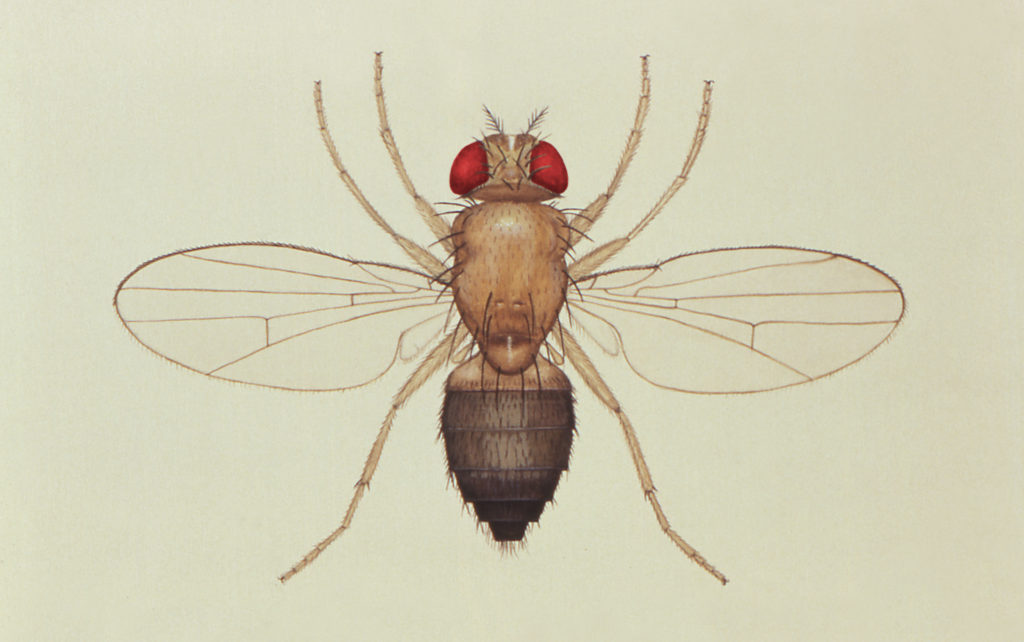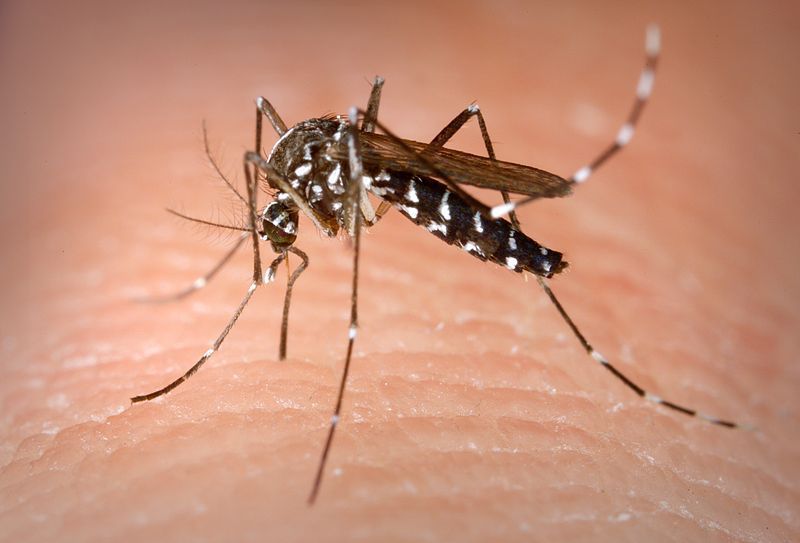Riboflavin instability is a key factor underlying the requirement of a gut microbiota for mosquito development
We previously determined that several diets used to rear Aedes aegypti and other mosquito species support the development of larvae with a gut microbiota but do not support the development of axenic larvae. In contrast, axenic larvae have been shown to develop when fed other diets. To understand the mechanisms underlying this dichotomy, we developed a defined diet that could be manipulated in concert with microbiota composition and environmental conditions. Initial studies showed that axenic larvae could not grow under standard rearing conditions (27 °C, 16-h light: 8-h dark photoperiod) when fed a defined diet but could develop when maintained in darkness. Downstream assays identified riboflavin decay to lumichrome as the key factor that prevented axenic larvae from growing under standard conditions, while gut community members like Escherichia coli rescued development by being able to synthesize riboflavin. Earlier results showed that conventional and gnotobiotic but not axenic larvae exhibit midgut hypoxia under standard rearing conditions, which correlated with activation of several pathways with essential growth functions. In this study, axenic larvae in darkness also exhibited midgut hypoxia and activation of growth signaling but rapidly shifted to midgut normoxia and arrested growth in light, which indicated that gut hypoxia was not due to aerobic respiration by the gut microbiota but did depend on riboflavin that only resident microbes could provide under standard conditions. Overall, our results identify riboflavin provisioning as an essential function for the gut microbiota under most conditions A. aegypti larvae experience in the laboratory and field.
Yin Wang, Jai Hoon Eum, Ruby E. Harrison, Luca Valzania, Xiushuai Yang, Jena A. Johnson, Derek T. Huck, Mark R. Brown, Michael R. Strand Proceedings of the National Academy of Sciences Apr 2021, 118 (15) e2101080118; DOI: 10.1073/pnas.2101080118








